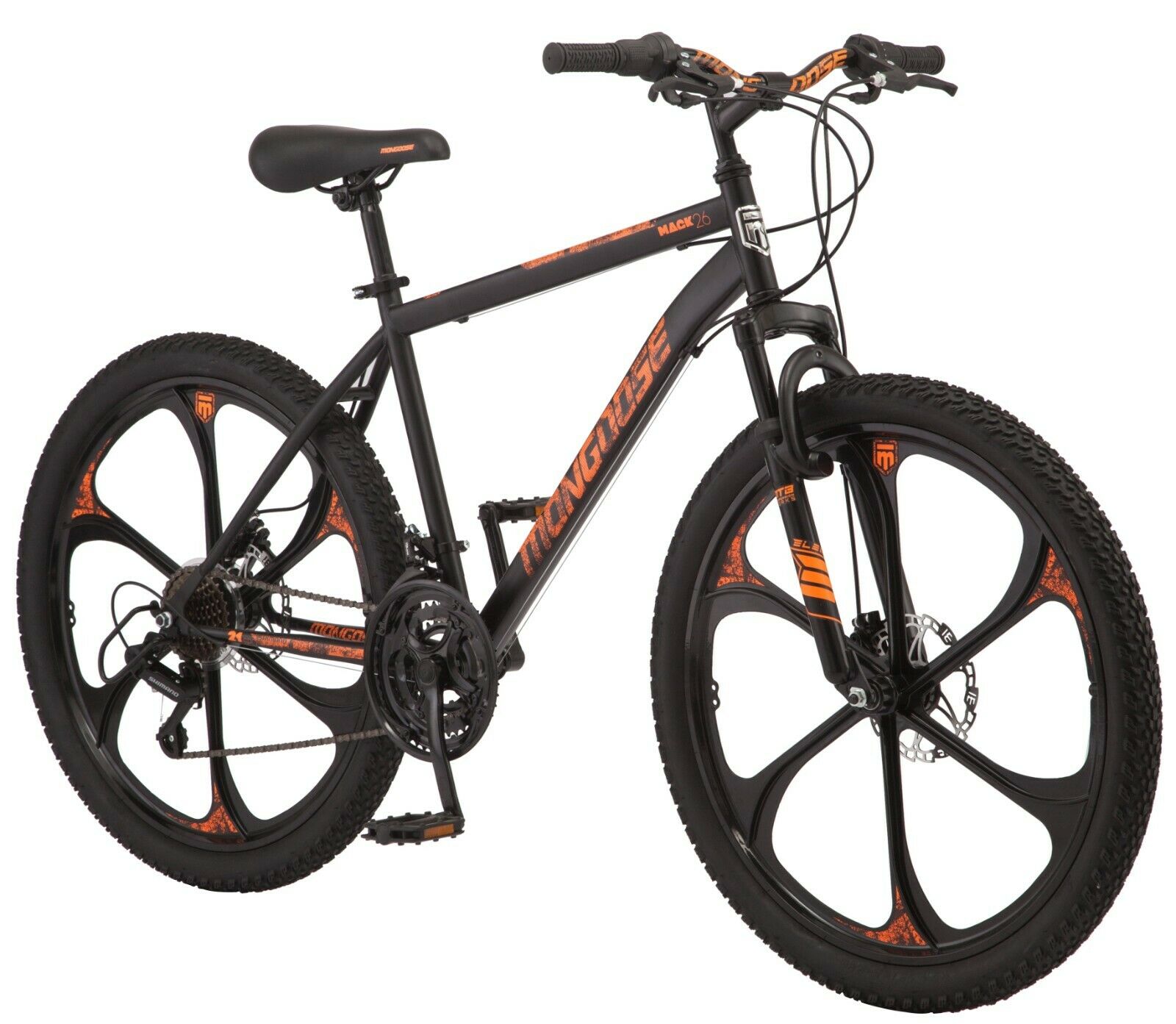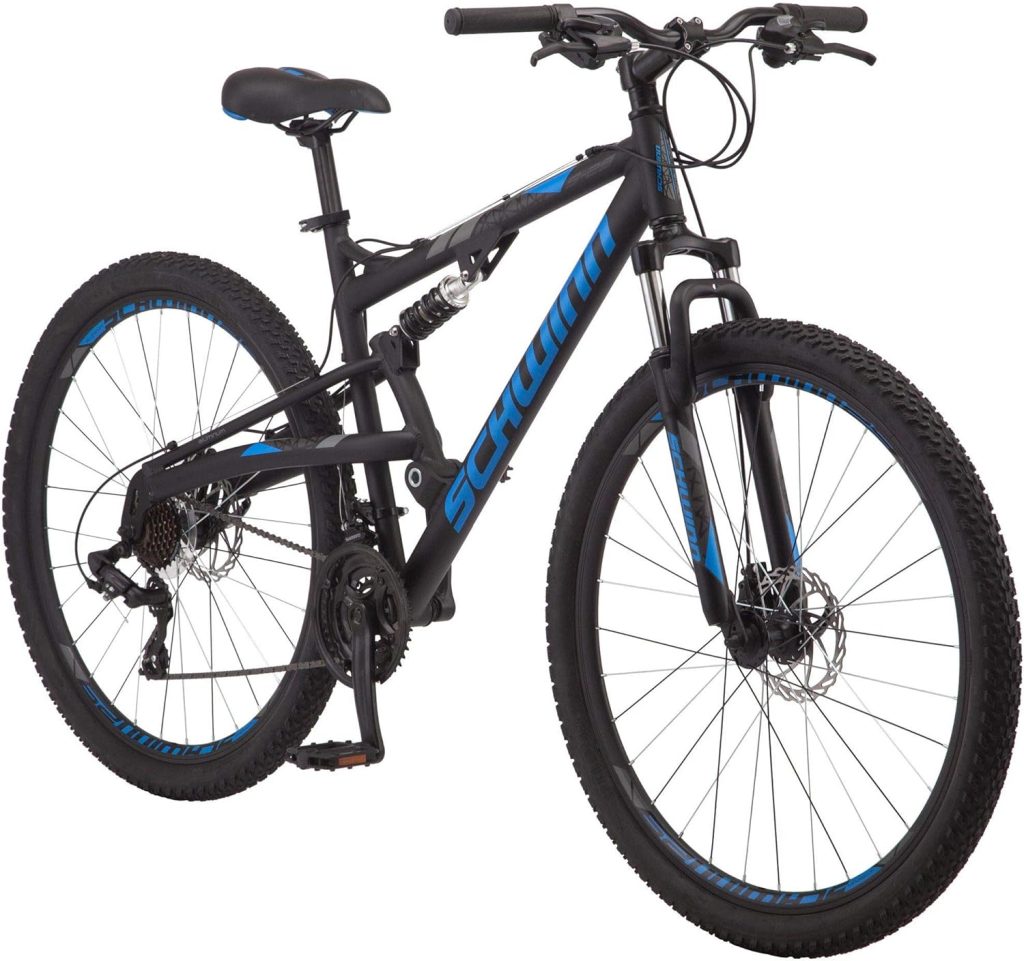I. Introduction

A. The importance of regular physical activity for children’s overall development
In today’s sedentary lifestyle, regular physical activity is crucial for children to foster their overall health and development. It not only helps them maintain a healthy weight but also contributes to the development of their cardiovascular system, strength, coordination, and motor skills.
B. Introducing mountain biking as an exciting and beneficial sport for children
Riding mountain bike is an exhilarating outdoor activity that combines physical exercise and adventure. This article aims to shed light on the numerous benefits that mountain biking offers for children, ranging from physical to mental and social aspects.
II. Benefits of Mountain Biking for Children
A. Physical Benefits
- Improved cardiovascular health and endurance
Mountain biking engages the cardiovascular system, improving heart health and boosting endurance. As children pedal through various terrains, their hearts work harder, promoting better circulation and a stronger cardiovascular system. - Increased strength and muscle development
Navigating rough terrains and maneuvering the bike requires the use of different muscle groups. The constant pedaling, balancing, and controlling of the bike contribute to muscle development, particularly in the legs, core, and upper body. - Enhanced coordination and motor skills
Mountain biking requires precise movements and coordination between the body and the bike. Maneuvering through obstacles, adjusting speed, and maintaining balance help children enhance their coordination and fine-tune their motor skills.
B. Mental and Emotional Benefits
- Boosted self-confidence and self-esteem
Overcoming challenges and conquering new obstacles on the trail boosts a child’s confidence and self-esteem. As children push their limits and witness their own progress, they develop a sense of accomplishment, which positively impacts their self-confidence. - Stress relief and improved mental well-being
Engaging in physical activities like mountain biking releases endorphins, promoting positive emotions and reducing stress levels. Nature’s calming effect, coupled with the thrill of biking, offers a valuable respite from the pressures of daily life, fostering better mental well-being. - Increased focus and concentration
Mountain biking demands focus, attention, and quick decision-making. Children need to assess the trail, anticipate obstacles, and react swiftly. Regular mountain biking can improve their ability to concentrate, enhancing their overall cognitive functioning.
C. Social Benefits
- Enhanced teamwork and cooperation
Mountain biking can be enjoyed individually or as a group activity. When children ride together, they learn to cooperate, communicate, and coordinate movements with others. This fosters teamwork skills and strengthens their ability to work collaboratively towards shared goals. - Opportunities for building friendships and camaraderie within a biking community
Joining biking clubs or participating in mountain biking events introduces children to a vibrant biking community. Interacting with fellow riders, sharing experiences, and participating in group rides offer ample opportunities for building lasting friendships and a sense of belonging. - Development of communication and problem-solving skills
Mountain biking often presents unforeseen challenges that require quick thinking and problem-solving on the trail. Encountering difficult terrains or mechanical issues demands effective communication and collaboration. Over time, children develop their problem-solving skills and learn to effectively communicate with their biking companions.
III. Ensuring Safety in Children’s Mountain Biking:

A. Proper Equipment and Gear:
- Choosing the right-sized bike and helmet:
Selecting a bike that suits a child’s height and age ensures comfort and proper control. Similarly, investing in a well-fitted helmet is crucial for head protection. - Additional protective gear, such as knee pads and elbow guards:
Utilizing knee pads and elbow guards can reduce the risk of injury during falls or collisions, providing an extra layer of protection for vulnerable body parts.
B. Basic Riding Skills:
- Teaching children proper body positioning and balance:
Educating children on how to maintain proper body positioning while riding, such as keeping their weight centered and balanced, improves stability and control. - Exploring techniques for effective braking and cornering:
Introducing children to braking techniques, such as using both brakes evenly and gradually, and teaching cornering skills, enhances their ability to navigate trails safely.
C. Understanding Trail Etiquette and Rules:
- Respecting nature and the environment:
Teaching children to respect natural habitats and leave no trace while biking instills a sense of responsibility towards the environment. - Educating children on sharing trails with other users:
Emphasizing the importance of yielding to hikers, runners, and other bikers promotes both safety and a positive trail experience for all users.
IV. Encouraging Children’s Interest in Mountain Biking:

A. Creating a Positive and Enthusiastic Environment:
- Parents’ role in fostering excitement and passion for the sport: Parents can serve as role models by displaying enthusiasm and demonstrating their love for mountain biking. Encouraging children through verbal praise and support creates a positive association with the sport.
- Organizing family biking outings and rides with other children: Planning family biking adventures and inviting other children to join promotes a sense of camaraderie and strengthens the love for the sport.
B. Providing Safe Spaces for Practice and Exploration:
- Identifying suitable beginner-friendly trails or bike parks: Researching and locating trails or bike parks that cater to beginners allows children to develop their skills in a controlled environment.
- Supervising and gradually increasing the level of difficulty as children progress: Supervising children during their rides ensures their safety, while gradually introducing slightly more challenging trails helps them build skills and gain confidence.
C. Instilling a Sense of Adventure and Appreciation for Nature:

- Planning nature-oriented rides and exploring new trails: Organizing rides in scenic locations and exploring new trails encourages children to immerse themselves in nature and appreciate its beauty.
- Encouraging children to appreciate and respect the natural surroundings: Teaching children to be mindful of their actions and their impact on the environment fosters a sense of stewardship and promotes a lifelong appreciation for nature.
Conclusion:
Emphasizing safety while encouraging children’s interest in mountain biking is essential for a fulfilling and positive experience. By ensuring proper equipment, teaching basic riding skills, and instilling an appreciation for trail etiquette and the environment, we facilitate a secure and enriching journey in this adventure sport. Encouraging a love for mountain biking through a positive and enthusiastic environment and providing safe spaces for practice and exploration further nurtures children’s passion for this exciting activity.


